18 Properties of the Reciprocal of a Complex Number
Finding the reciprocal of a complex number involves the multiplicative inverse of its modulus and the additive inverse of its argument. An animation (using GeoGebra) is used first of all to explore some properties of the reciprocal including its relationship to the unit circle (outside / inside / on). Observations are then given a mathematical underpinning.
Detailed solutions of the following examples are then given:
1. Use a polar form of -1-i to evaluate its reciprocal.
2. Prove that if the conjugate of z equals its reciprocal then IzI=1.
3. Prove the converse statement of example 2.
The viewer is encouraged to attempt these questions before watching the solutions.
Chapters:
00:00 Introductory animation
05:28 Mathematical derivation of results
15:30 The examples
15:45 Solution to Example 1
19:40 Solution to Example 2
23:00 Solution to Example 3
25:12 Links to the Playlist "Complex Numbers"
Previous videos in this series are:
01 What is a Complex Number?
02 Adding, Subtracting and Multiplying Complex Numbers
03 Dividing Complex Numbers
04 Complex Conjugates
05 The Field of Complex Numbers
06 The Complex Plane
07 The Modulus of a Complex Number
08 Distance on the Complex Plane
09 Properties of the Modulus of a Complex Number
10 Complex Numbers and the Unit Circle
11 The Polar Form of a Complex Number
12 The Principal Argument of a Complex Number
13 The Geometrical Effects of Multiplying by a Complex Number
14 Multiplication of Complex Numbers in Polar Form
15 The Principal Argument when Multiplying Complex Numbers
16 The Geometrical Effects of Dividing by a Complex Number
17 Division of Complex Numbers in Polar Form
Key words: Reciprocal, modulus, conjugate, Principal value, argument, unit circle
M337, Open University, Unit A1, complex analysis
-
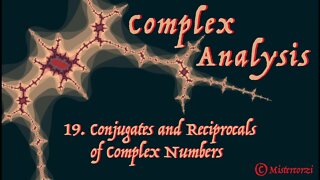 12:36
12:36
Mistercorzi's Maths Videos
3 years ago19 Conjugates and Reciprocals of Complex Numbers
10 -
 13:45
13:45
Mistercorzi's Maths Videos
1 year ago09 Properties of the Modulus of a Complex Number
13 -
 12:50
12:50
Math Easy Solutions
1 year agoComplex Numbers as Vector Rotations
751 -
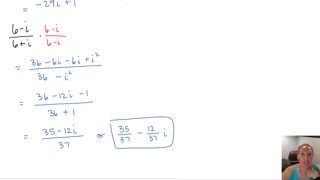 5:03
5:03
Math Videos
2 years agoDividing Complex Numbers
25 -
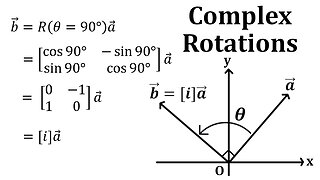 1:22:19
1:22:19
Math Easy Solutions
1 year ago $0.01 earnedComplex Numbers as Rotation Matrices
1041 -
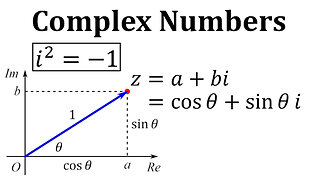 6:21
6:21
Math Easy Solutions
1 year agoComplex Numbers: Definition and Vector Form
631 -
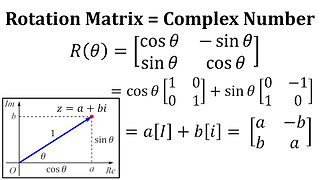 13:52
13:52
Math Easy Solutions
1 year agoRotation Matrix is Equivalent to a Complex Number
661 -
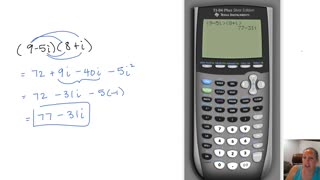 5:03
5:03
Math Videos
2 years agoAdding, Subtracting, and Multiplying Complex Numbers
10 -
 6:13
6:13
Practice Math with Caveman Chang
2 years agoImaginary Numbers - Math Test Question
8 -
 3:34
3:34
nishangi
1 year agofraction multiplication// fraction// multiplication//6th #multiplication //what is reciprocals
5